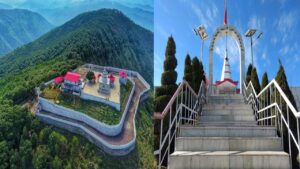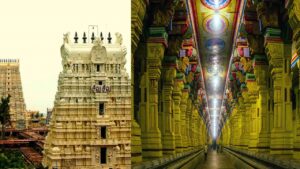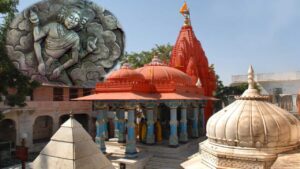Kailash Temple Ellora: A Marvel of Ancient Indian Architecture
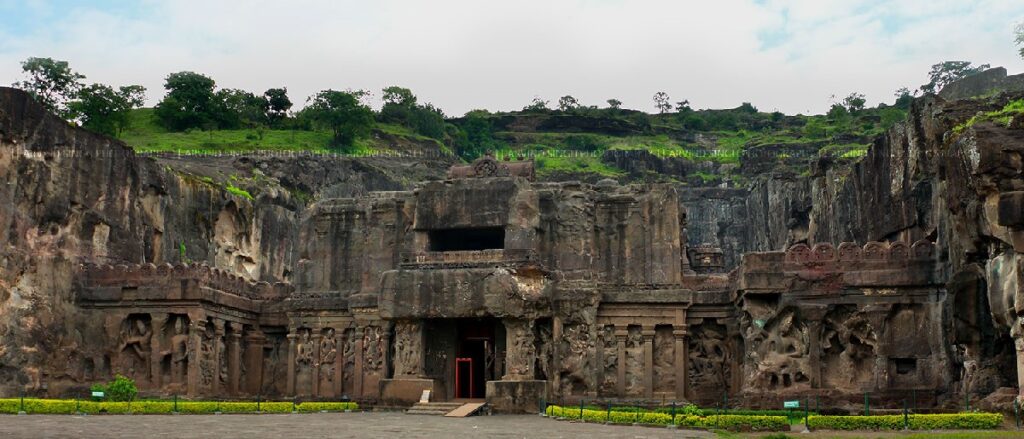
“The Incredible Secrets of Kailash Temple at Ellora: Unveiling the Mysteries That Will Leave You Astonished!”
The Kailash Temple, located at the Ellora Caves in Maharashtra, India, is an architectural masterpiece that stands as a testimony to the ingenuity and artistic brilliance of ancient civilizations. Carved from a single rock, this temple dedicated to Lord Shiva showcases a harmonious blend of religion, history, and art. With its intricate carvings, imposing structure, and spiritual significance, the Kailash Temple continues to captivate and amaze visitors from all over the world.
Origins and Construction
The Kailash Temple was built during the 8th century under the patronage of the Rashtrakuta king Krishna I. It is believed to have taken decades, if not centuries, to complete this astonishing rock-cut edifice. The grandeur of its construction reflects the devotion and reverence of its creators towards Lord Shiva.

Architectural Marvel and UNESCO World Heritage Site
Designated as a UNESCO World Heritage Site, the Kailash Temple showcases the zenith of Indian rock-cut architecture. The temple’s intricate design and awe-inspiring size make it a true wonder of the ancient world. The elaborate carvings and sculptures narrate stories from Hindu mythology, and the temple itself resembles Mount Kailash, the mythical abode of Lord Shiva.
Religious Significance and Dedicated Deity
The Kailash Temple holds immense religious significance for Hindus, especially Shaivites, who consider it a sacred pilgrimage site. The main shrine houses a magnificent Shiva Linga, symbolizing Lord Shiva, and attracts devotees seeking blessings and spiritual solace.

Unique Rock-Cut Architecture
The entire temple complex is an engineering marvel, showcasing intricate rock-cut architecture. The temple’s design, with its stunning pillars, massive halls, and detailed sculptures, all carved from a single rock, leaves visitors awestruck.
Structure and Layout
The Kailash Temple is a monolithic structure, and its layout resembles a chariot carrying Lord Shiva. The main temple is surrounded by various halls and chambers, each adorned with stunning sculptures depicting gods, goddesses, celestial beings, and mythical creatures.
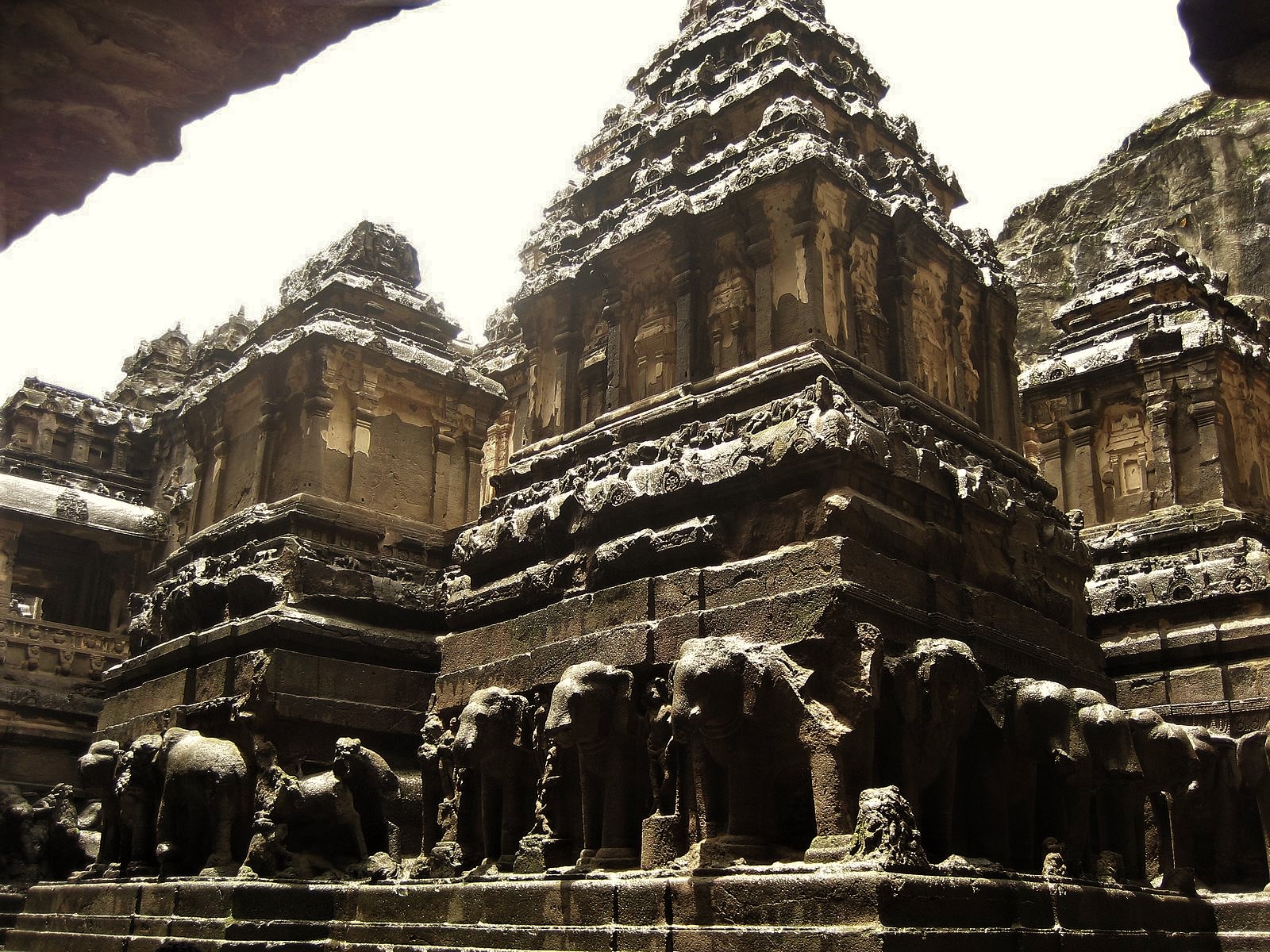
Intricate Carvings and Sculptures
The walls and ceilings of the Kailash Temple are adorned with an abundance of intricate carvings, depicting scenes from Hindu mythology and epics like the Ramayana and Mahabharata. Every inch of the temple is a canvas of art, showcasing the skills and craftsmanship of the artisans of that era.
The Majestic Shiva Linga
The centerpiece of the Kailash Temple is the majestic Shiva Linga, a representation of Lord Shiva’s cosmic power. The Linga is beautifully sculpted and exudes a divine aura, attracting devotees and spiritual seekers alike.
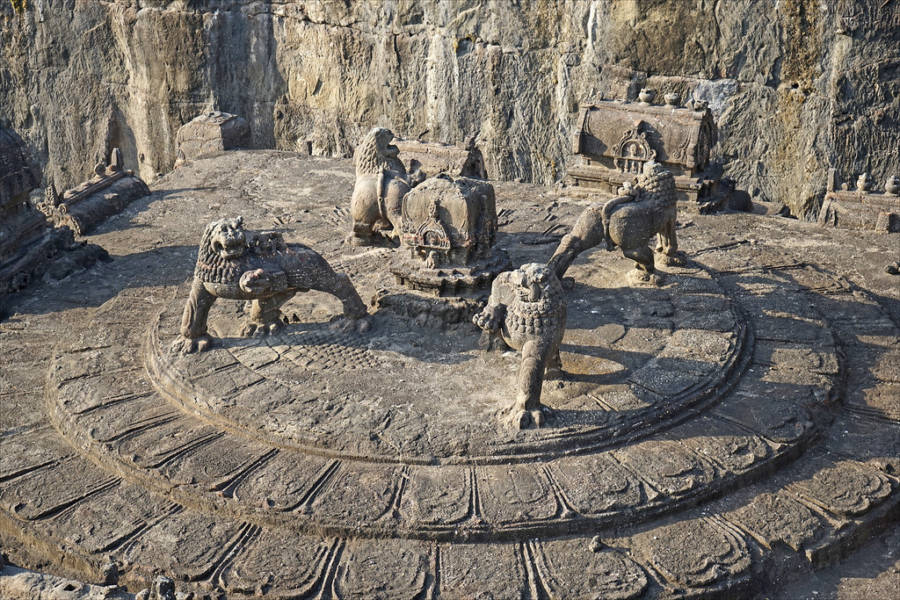
The Astounding Nandi Mandapa
Adjacent to the main temple, the Nandi Mandapa houses a colossal statue of Nandi, the sacred bull and mount of Lord Shiva. The intricately carved Nandi statue stands as a testament to the architectural prowess of the artisans who created it.
Engineering Marvel and Technological Feats
The construction of the Kailash Temple involved remarkable engineering skills and technological knowledge. The process of carving an entire temple from a single rock required precise planning, meticulous craftsmanship, and an in-depth understanding of architectural principles.
Theories and Legends Surrounding its Construction
The creation of the Kailash Temple has sparked numerous theories and legends. Some believe that it was built with the help of divine beings, while others attribute its construction to advanced ancient civilizations or extraterrestrial involvement. The mystery surrounding its creation only adds to its allure.

A Center of Worship and Pilgrimage
The Kailash Temple continues to serve as a center of worship and pilgrimage for devotees of Lord Shiva. Many religious ceremonies and rituals take place within the temple premises, attracting devotees who seek blessings and spiritual enlightenment.
Festivals and Celebrations
The temple comes alive during festivals like Maha Shivaratri, when devotees gather in large numbers to offer prayers and participate in religious processions. The vibrant atmosphere and devotional fervor during these festivals make the Kailash Temple an unforgettable experience.
Art and Dance in the Context of the Temple
The Kailash Temple has not only been a spiritual hub but also a catalyst for artistic expression. It has inspired various art forms, including classical dance performances, which often depict stories from Hindu mythology. The temple’s ambiance and architectural grandeur provide a unique backdrop for these cultural celebrations.
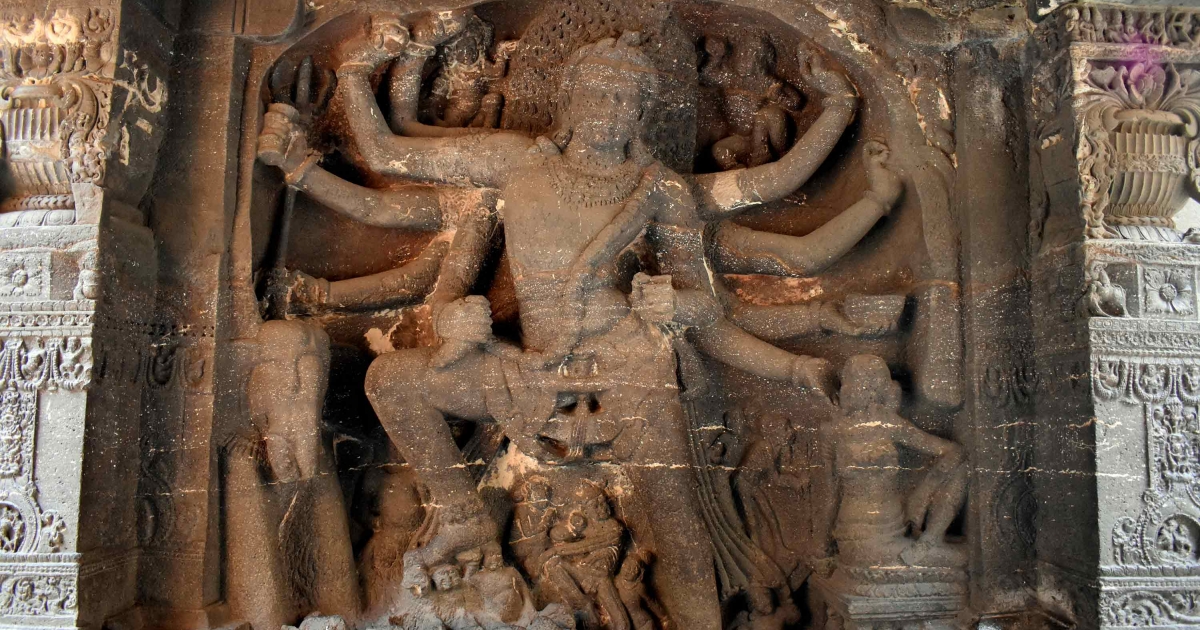
Drawing Tourists from Across the Globe
The Kailash Temple attracts tourists and history enthusiasts from all corners of the world. Its cultural and architectural significance, coupled with the aura of spirituality, make it a must-visit destination for those seeking a deeper understanding of India’s rich heritage.
Challenges in Preservation and Conservation
Preserving a structure as ancient and intricate as the Kailash Temple poses several challenges. Environmental factors, such as weathering and humidity, along with the increased footfall of tourists, contribute to the gradual deterioration of the temple. Conservation efforts are crucial to ensure its long-term survival.
Initiatives for Future Sustainability
Various organizations and governmental bodies have taken initiatives to preserve and conserve the Kailash Temple. These efforts include implementing protective measures, conducting restoration work, and raising awareness about the temple’s historical and cultural significance.
Conclusion
The Kailash Temple at Ellora stands as a testament to human creativity, devotion, and architectural brilliance. Its unique rock-cut architecture, intricate carvings, and religious significance make it an unparalleled marvel of ancient India. As we marvel at its grandeur and immerse ourselves in its spiritual aura, we must also strive to protect and preserve this invaluable treasure for future generations.
Frequently Asked Questions (FAQs)
1. Can anyone visit the Kailash Temple?
Yes, the Kailash Temple is open to visitors of all faiths and nationalities.
2. How long did it take to construct the temple?
The exact duration of construction is uncertain, but it is believed to have taken several decades to complete.
3. Are there any restrictions on photography inside the temple?
Photography is allowed in most areas of the temple, but flash photography and videography may be restricted.
4. Are there any nearby attractions to visit along with the Kailash Temple?
Yes, the Ellora Caves complex is home to several other magnificent rock-cut temples and Buddhist caves, which are worth exploring.
5. Is there an entry fee to visit the Kailash Temple?
Yes, a nominal entry fee is charged for visitors, which contributes to the maintenance and conservation of the temple.

